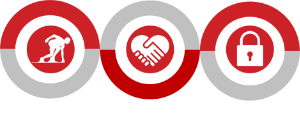- Home
- Curriculum & Assessment
- Remote Education
Remote Education
Remote Learning
Remote education should only ever be considered as a last resort where a decision has already been made that attendance at school is not possible, but pupils are able to continue learning.
At SKPS, we believe that high attendance is clearly linked to high performance. Being in school is our priority for all our learners. We will only use remote education in exceptional circumstances, including school closures or restrictions on attendance, where whole school access for pupils is restricted or individual cases where a pupil is unable to attend school but is able to learn.
However, we are pleased that, over recent years, our competence, and confidence in the use of online platforms and technology has increased.
If remote learning is required, we will use Class Dojos and Teams if required for video sessions. All children have a Class Dojo account and through this can submit work which can be reviewed by the class teachers.
Aims:
- Ensure consistency in the school approach to remote learning for pupils who are unable to attend school.
- Set out expectations for all members of the school community with regards to remote learning in accordance with non-statutory Department for Education guidance.
- Provide appropriate guidelines for data protection.
Our school approach to remote learning:
Our approach to remote learning will be clearly shaped by current DfE guidance. Pupils’ attendance at SKPS is our priority. There are sometimes, however, scenarios where remote education should be considered.
These fit in to two broad categories:
- School closures or restrictions on attendance, where school access for pupils is restricted.
- Individual cases where a pupil is unable to attend school but is able to learn (as agreed in discussion with the Headteacher).
Remote Education: Guidance for Schools Education for children with health needs who cannot attend school
Our approach to remote education has evolved and now includes:
- Planned, well sequenced lessons linked to our school curriculum and vision that build on prior learning
- Use of high quality remote education resources including teaching videos to help model and explain new concepts
- Online tools that will be consistently used across the school in order to allow teacher/pupil interaction, assessment and feedback
We recognise that younger pupils and some pupils with SEND may not be able to access remote education without adult support and that learning activities and resources may need to be adapted accordingly.
An outline of remote learning provision
Work provided during periods of remote education will be high quality, meaningful, ambitious, and cover a range of subjects to enable pupils to keep on track with their education.
Where pupils have access to appropriate devices, remote education might include recorded and/or live direct teaching time, as well as time for pupils to complete tasks, reading, and assignments independently, depending on their age and stage of development.
Provision will be made ready for pupils to access as soon as reasonably practicable, though in proportion to the length of absence and expected disruption to education.
We will provide remote education that is equivalent in length to the core teaching time pupils would receive in school where possible, being mindful of the needs and circumstances of pupils and their families.





